Mise à jour des paramètres à l’aide des dérivées
Introduction au deep learning avec PyTorch

Jasmin Ludolf
Senior Data Science Content Developer, DataCamp
Une analogie pour les dérivées
$$
La dérivée représente la pente de la courbe
$$
- Pentes raides (flèches rouges) :
- Grandes pas, dérivée élevée
- Pentes plus douces (flèches vertes) :
- Petits pas, dérivée faible
- Fond de la vallée (flèche bleue) :
- Plat, dérivée nulle
$$
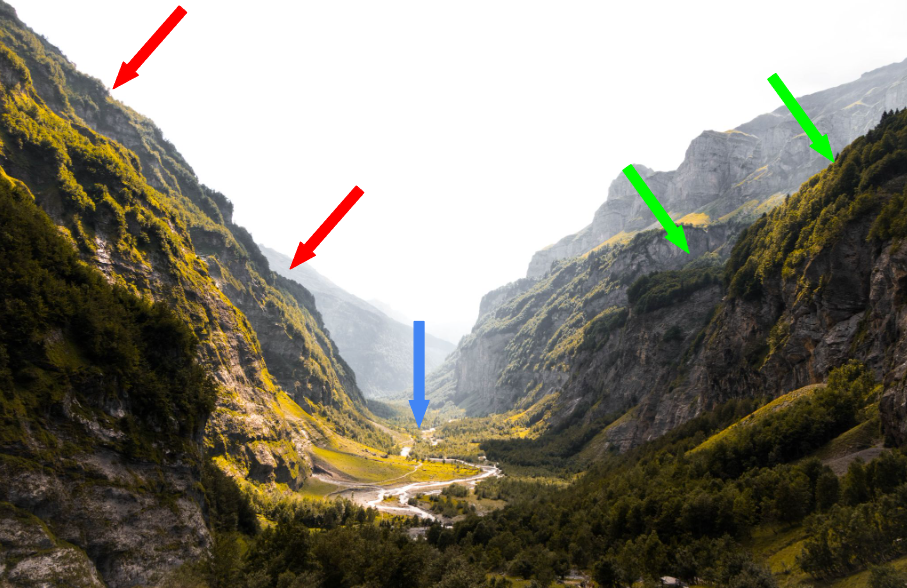
Fonctions convexes et non convexes
Il s’agit d’une fonction convexe
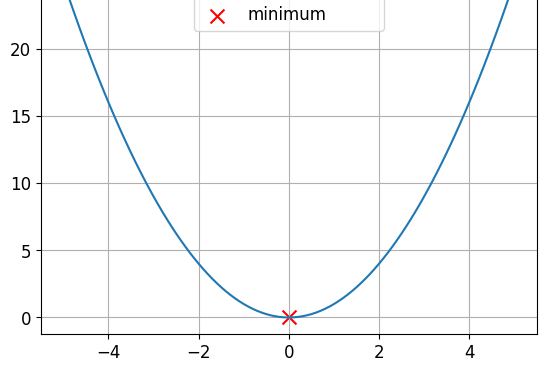
Il s’agit d’une fonction non convexe
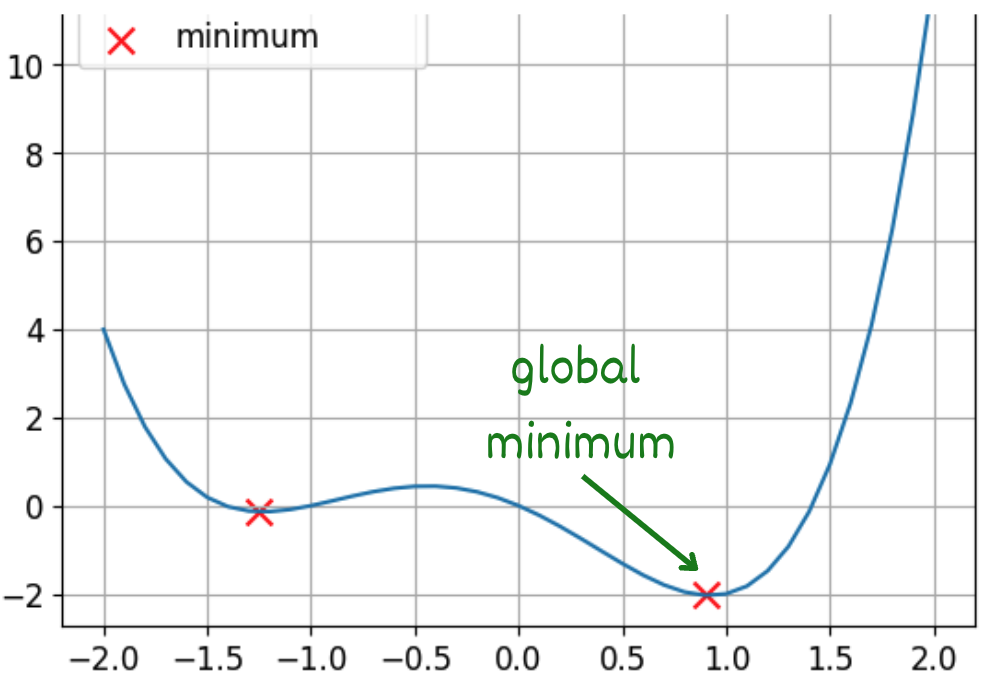
Relier les dérivées et l’entraînement du modèle
- Calculer la perte lors du passage avant pendant l’entraînement
$$
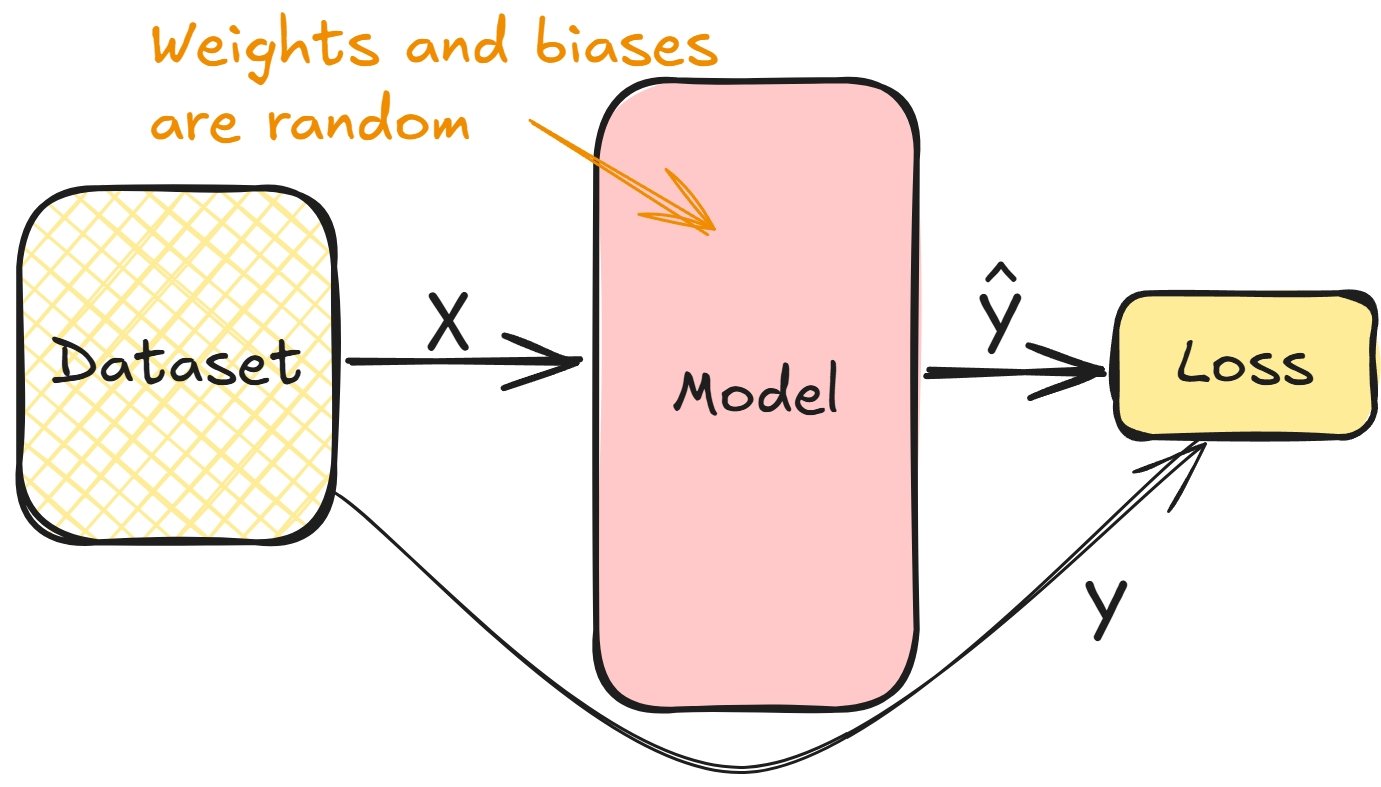
Relier les dérivées et l’entraînement du modèle
- Les gradients permettent de minimiser la perte, d’ajuster les poids des couches et les biais
- Répétez l’opération jusqu’à ce que les couches soient ajustées
$$
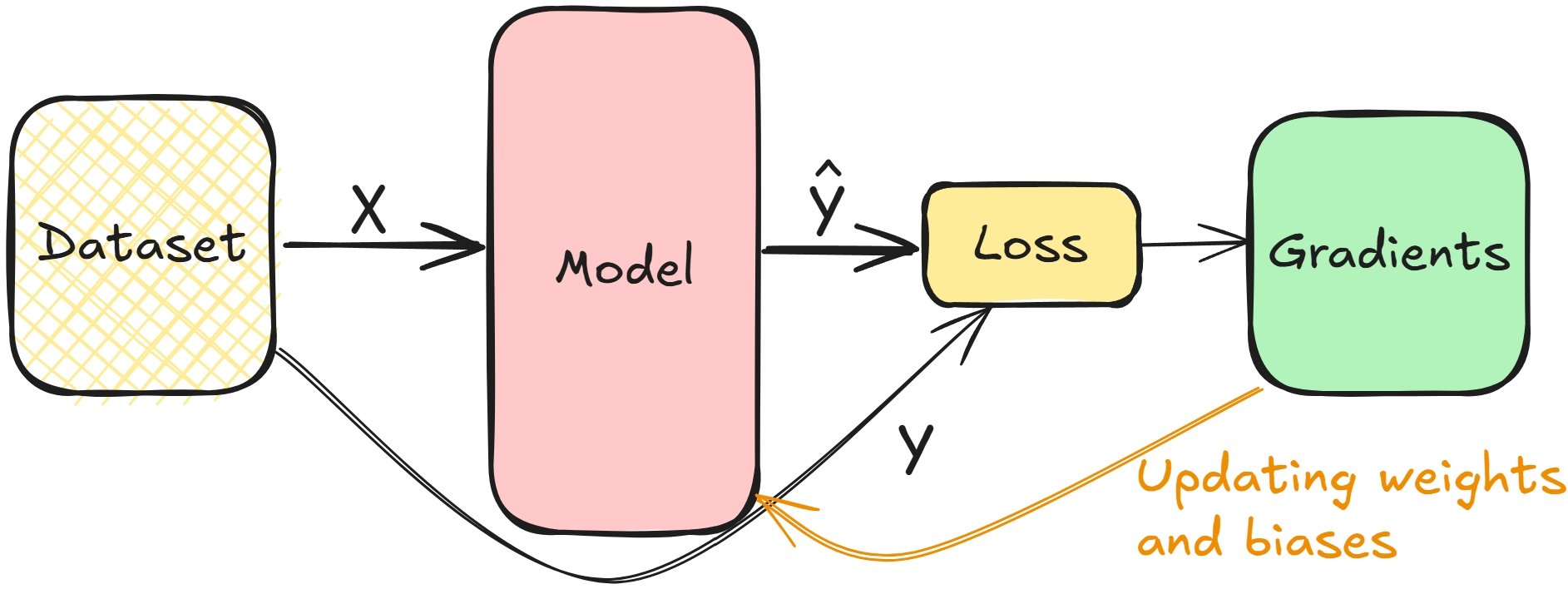
Concepts de rétropropagation
$$
Considérons un réseau composé de trois couches :
- Commencer par des gradients de perte pour $L2$
- Utiliser $L2$ pour calculer les gradients de $L1$
- Répéter l’opération pour toutes les couches ($L1$, $L0$)
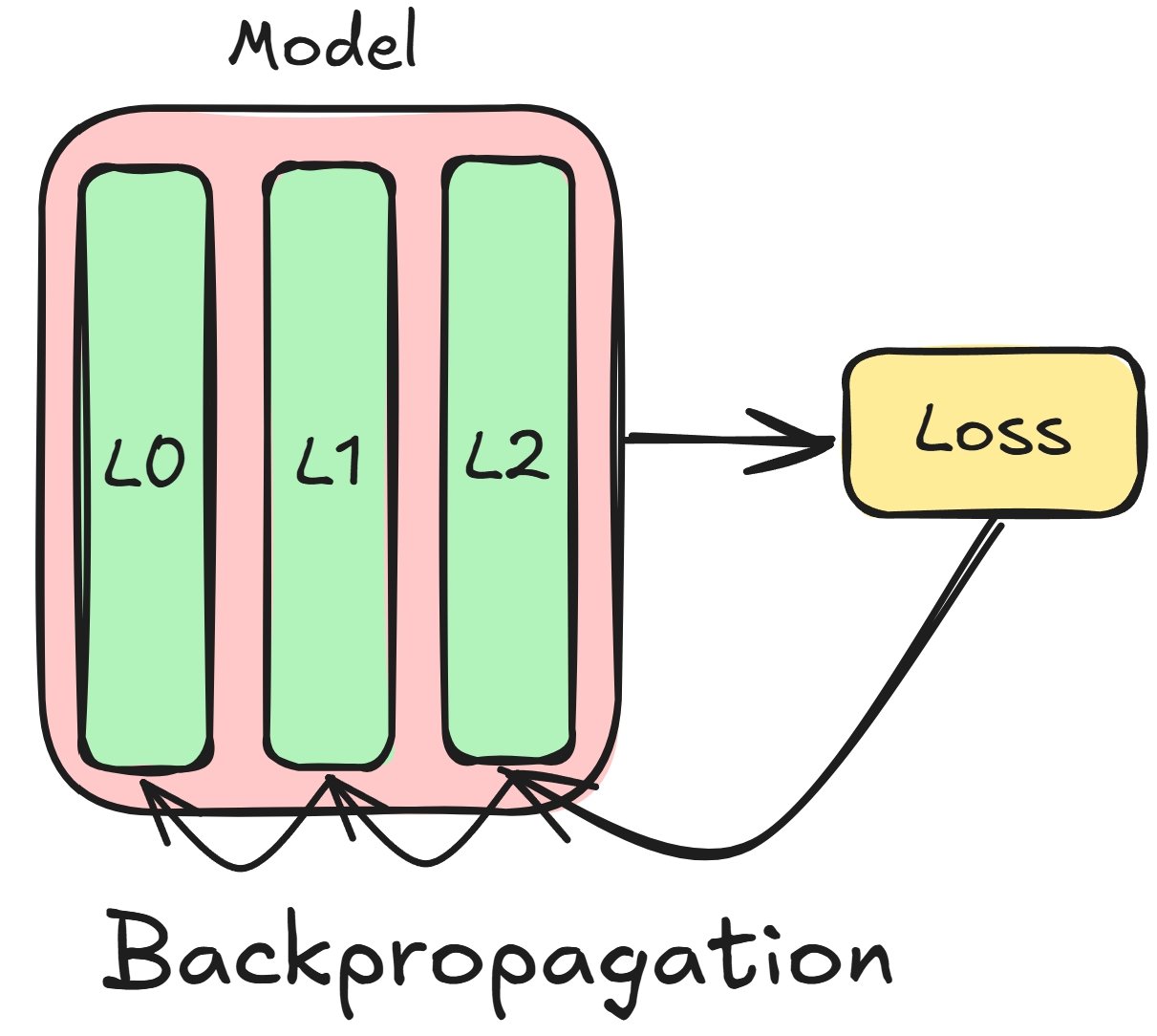
La rétropropagation dans PyTorch
# Run a forward pass model = nn.Sequential(nn.Linear(16, 8), nn.Linear(8, 4), nn.Linear(4, 2)) prediction = model(sample)# Calculate the loss and gradients criterion = CrossEntropyLoss() loss = criterion(prediction, target) loss.backward()
# Access each layer's gradients
model[0].weight.grad
model[0].bias.grad
model[1].weight.grad
model[1].bias.grad
model[2].weight.grad
model[2].bias.grad
Mise à jour manuelle des paramètres du modèle
# Learning rate is typically small lr = 0.001 # Update the weights weight = model[0].weight weight_grad = model[0].weight.gradweight = weight - lr * weight_grad# Update the biases bias = model[0].bias bias_grad = model[0].bias.gradbias = bias - lr * bias_grad
$$
- Accéder au gradient de chaque couche
- Multiplier par le taux d’apprentissage
- Soustraire ce produit au poids
Descente de gradient
Pour les fonctions non convexes, nous utiliserons la descente de gradient
PyTorch simplifie cela grâce à des optimiseurs
- Descente de gradient stochastique (SGD)
import torch.optim as optim # Create the optimizer optimizer = optim.SGD(model.parameters(), lr=0.001)# Perform parameter updates optimizer.step()
Passons à la pratique !
Introduction au deep learning avec PyTorch

